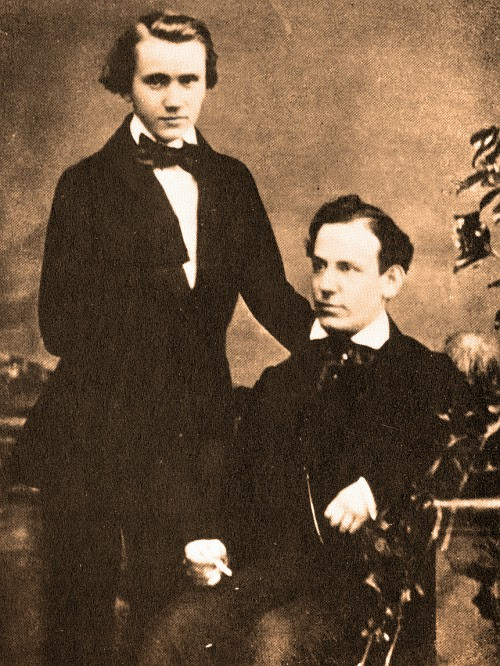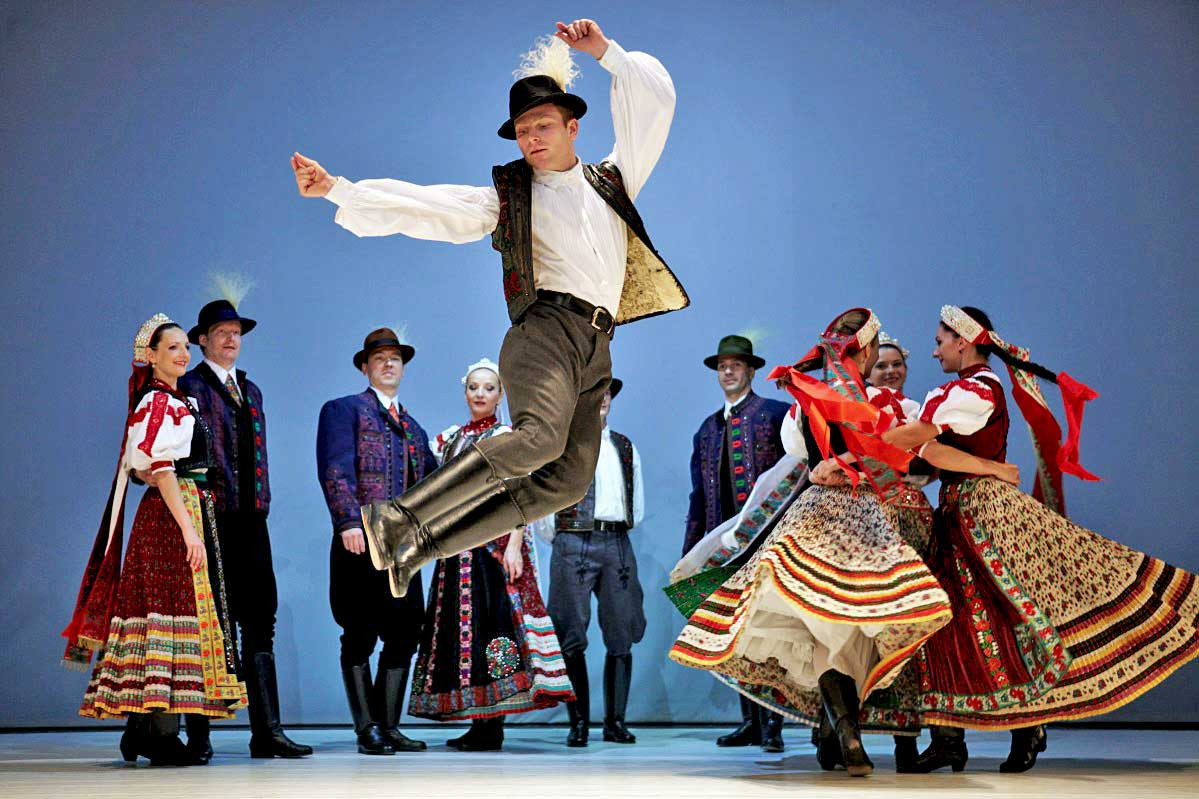Johannes Brahms’ Hungarian Dances stand as one of his most beloved and recognizable compositions. This vibrant collection encompasses 21 dances deeply inspired by the rich tapestry of Hungarian folk music. This genre itself is a melting pot, reflecting the diverse auditory histories of Hungarians and minority communities residing in Poland, Czech Republic, Slovakia, Slovenia, Moravia, Croatia, and neighboring countries. Initially conceived for piano, the Hungarian Dances were later masterfully arranged for full orchestra, both by Brahms himself and other talented composers. You might find yourself instantly familiar with the energetic melodies of these pieces.
Hungarian Dance No. 5 performed by Hungarian Symphony Orchestra Budapest
[Insert Video Placeholder – If possible, embed the video from the original article or a similar relevant performance of Hungarian Dance No. 5]
A 19th-Century European Sensation

Brahms was not alone in drawing inspiration from Hungary’s captivating sounds. The 19th century witnessed a surge of musical interest in this region, ignited by Franz Liszt’s groundbreaking 19 Hungarian Rhapsodies. Brahms’ own foray into this captivating subgenre of classical music was fueled by two key trends. Firstly, piano compositions for four-hands, requiring two players to perform side-by-side in a dazzling display of dexterity, reached immense popularity. Secondly, there was a burgeoning demand in European taverns for music that echoed the sounds of newly immigrated minority cultures, creating a fertile ground for the Hungarian Dances to flourish.
The Spark of Friendship and Musical Heritage

The true catalyst for Brahms’ Hungarian Dances emerged years prior to their composition, stemming from a fortuitous encounter with Hungarian violinist Ede Reményi. Interestingly, Reményi shared a teacher with violinist Joseph Joachim, for whom Brahms would later compose his renowned Double Concerto for Violin and Cello. Years after first witnessing Reményi’s performance, a young Brahms, then only 20, became his accompanist. This role immersed him in Reményi’s tours and, more importantly, provided a profound education in his native Hungarian musical heritage.
This firsthand experience with authentic Hungarian folk music empowered Brahms to translate his inspiration into composition. He embarked on creating his own works within this vibrant style. Of the 21 dances that comprise the Hungarian Dances, it is believed that only Nos. 11, 14, and 16 are entirely original creations by Brahms. Despite this, the entire set remains among his most frequently performed and universally enjoyed pieces. Within these dances, Brahms masterfully captured the buoyant and spirited essence of the csárdás and verbunkos, traditional Hungarian folk dances. These dances are characterized by dramatic shifts in tempo, lively rhythms, and virtuosic, swirling passages that evoke a sense of exhilaration and dynamism.
The term csárdás actually encompasses a broad spectrum of Hungarian folk dances, each with regional variations in name, structure, and performance style, reflecting the diverse ethnic areas of Hungary. Both men and women participate in csárdás dances, with female dancers often adorned in traditional wide skirts that billow out into a distinctive shape as they twirl, a visual spectacle often seen in performances.
The verbunkos, the older of the two dance forms, traces its origins to 18th-century Hungary’s military traditions. The term “verbunk” itself derives from the German word “werben,” meaning “to recruit.” Seeking to attract young men to enlist, military units would organize grand festivities filled with food, drink, and, crucially, dance. Officers, led by their sergeant, would take center stage, showcasing a powerful display of stomping, high kicks, spur-clicks, and heel slaps. These energetic performances, known as verbunkos, drew in prospective recruits, and as the dance reached a fever pitch, they were often swept into the performance and effectively enlisted with a handshake amidst the excitement.

Nearly a century and a half later, Brahms’ Hungarian Dances retain the same vibrancy and allure they possessed during their initial performances in European taverns and salons. Encoded within the black and white notes of the score lies a heartfelt homage to Hungary’s rich and diverse history and its people. The music continues to stir and excite audiences worldwide with its vivacious, swinging melodies. Just be mindful whose hand you shake when the rhythm takes hold!
Explore Some Memorable Hungarian Dances featuring Charlie Chaplin, Looney Tunes, and a humorous scene with two Frenchmen.
Hungarian Dances Nos. 5 and 6 are featured in BRAHMS FEST. Check the website for dates, times, and ticket information.
